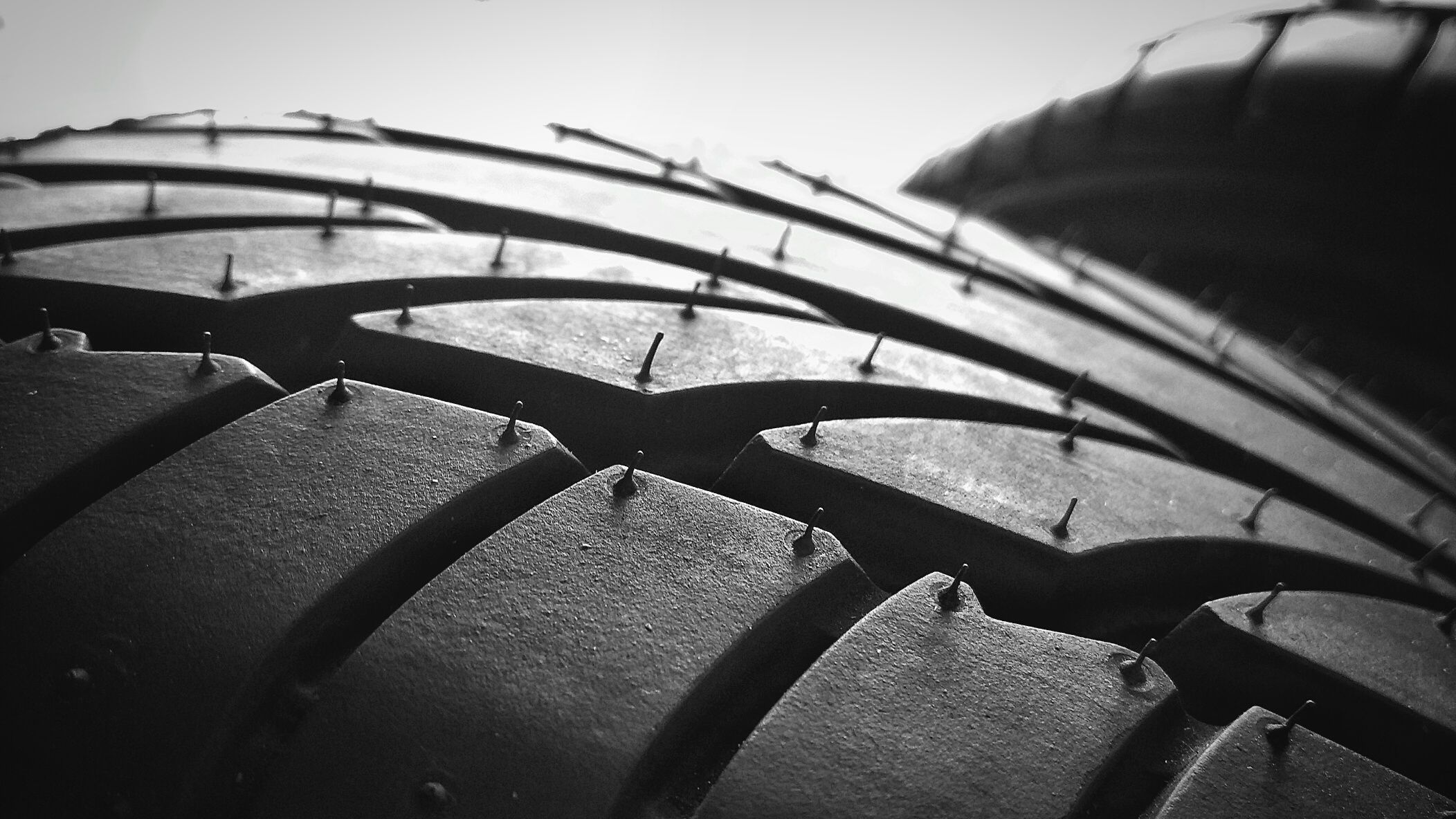It’s time to replace a tire or two but you notice that two of your tires are still in excellent condition. You’re also on a relatively tight budget. What do you do? While it is recommended to replace all four tires, this isn’t always possible. Click here to read more about what you can do when you just can’t replace them all at once!

It is almost always advised to never mix tire brand, tire size, or tread design on your vehicle. Most tire professionals will tell you to use identical tires for all of your wheels so you maintain better control and an even wear. So what happens when your tires don’t wear out at the same time? The first choice is to replace them all when one tire becomes worn, but this isn’t always feasible. Let’s take a look at a few viable options in case you aren’t in the market to purchase a full set of tires.

